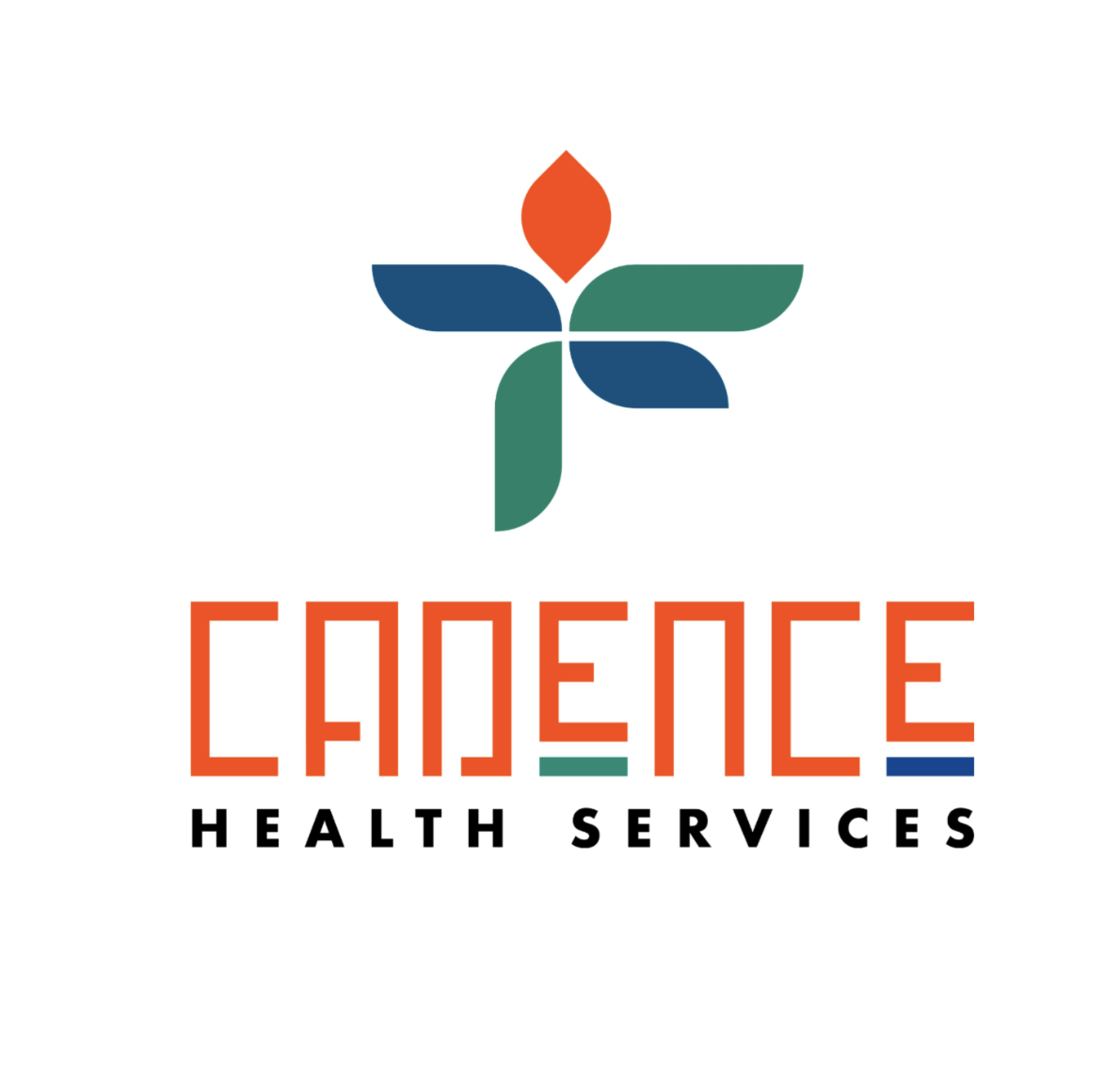How to prevent injury and keep running happy and healthy.
Is there anything better than running in the fall? Cooler temps, crunchy leaves, beautiful colours in the trees, what's not to love? My favourite thing about fall running is seeing all the people out running and working hard to achieve their fall racing goals.
It's the peak of the fall training season. With most races just weeks away many runners are in the biggest training weeks of this block. That means that taper is nearly here, the glorious time when all the hard work is done and now it's time to rest up with reduced running volume and intensity.
However, before taper happens you need to get through the biggest mileage weeks you will run before race day. This is a delicate time when you are asking so much out of your body and your mind. Unfortunately, these last big weeks of training are often the time when runners get injured.
Injuries will happen, it is just the nature of doing a repetitive action for hours upon hours a week for months and years at a time. You can however add a few small things to your routine to help minimize the chances of injury and speed along your recovery if and when an injury occurs.
Proper Warm-up and Cool-down: Begin every run with a dynamic warm-up to prepare your muscles and joints for the demands of running. Include activities like leg swings, high knees, and hip circles. After your run, cool down with static stretches to maintain flexibility and prevent muscle tightness.
Gradual Progression: Avoid the temptation to increase your mileage or intensity too quickly. Gradually build your running volume and intensity to allow your body time to adapt and strengthen. The 10% rule, which suggests increasing your weekly mileage by no more than 10%, is a good guideline to follow.
Listen to Your Body: Pay attention to any signs of discomfort or pain during your runs. Ignoring these signals can lead to more severe injuries. If you experience pain that doesn't improve with rest, seek professional advice on running injury rehab as soon as you can.
Proper Footwear: Invest in quality running shoes that are appropriate for your foot type and gait. Replace your shoes when they show signs of wear, typically every 300-500 miles. Strava has a feature that will track your shoe mileage and notify you when you need to replace your shoes. I find this helpful because mileage adds up way faster than you think it will.
A good sign that I waited too long to get new shoes!
Strength Training: Incorporate strength training exercises into your routine, focusing on the muscles that support running, such as the glutes, quadriceps, hamstrings, calves, and core. A strong body is better equipped to handle the stresses of running and maintain good form.
Flexibility and Mobility: Regularly practise stretching and mobility exercises to improve your range of motion. Yoga and foam rolling can help reduce muscle tightness and improve flexibility, reducing the risk of injuries.
Cross-Training: Add variety to your fitness routine by incorporating cross-training activities like swimming, cycling, or strength training. Cross-training can help prevent overuse injuries and balance muscle development.
Rest and Recovery: Give your body the rest it needs to recover between workouts. Overtraining can increase the risk of injuries. Incorporate rest days into your training schedule and prioritize sleep for optimal recovery. Rest days are the best days!
Have a good self-care or prehab routine: Getting regular RMT massage, acupuncture, physiotherapy, or whatever modality of care you prefer regularly is a great way to tune into your body and show it a little love and appreciation for all its hard work!
Running injury rehab requires a holistic approach that encompasses proper training techniques, listening to your body, and maintaining overall fitness and health. By incorporating some of these into your routine you will increase your chances of continued healthy running. When setbacks do happen you’ll recover quicker and be back to running before you know it.
We are a multidisciplinary clinic located in Kitsilano near Broadway and Arbutus, offering a range of services including Massage Therapy, Acupuncture, and Reiki.
We would like to acknowledge that we live and work in Vancouver and Kitsilano which is located on traditional Coast Salish territory. The land that is currently known as Kitsilano has been shared by the xʷməθkʷəy̓əm (Musqueam), Sḵwx̱wú7mesh (Squamish), and səlilwətaɬ (Tsleil-Watuth) peoples since time immemorial.







